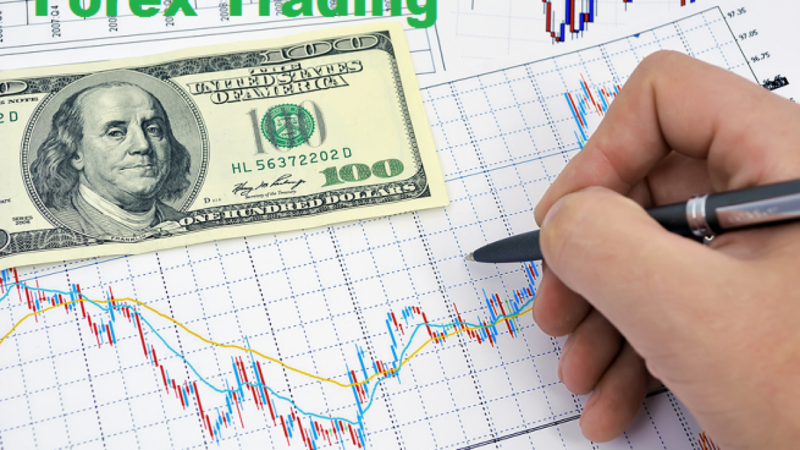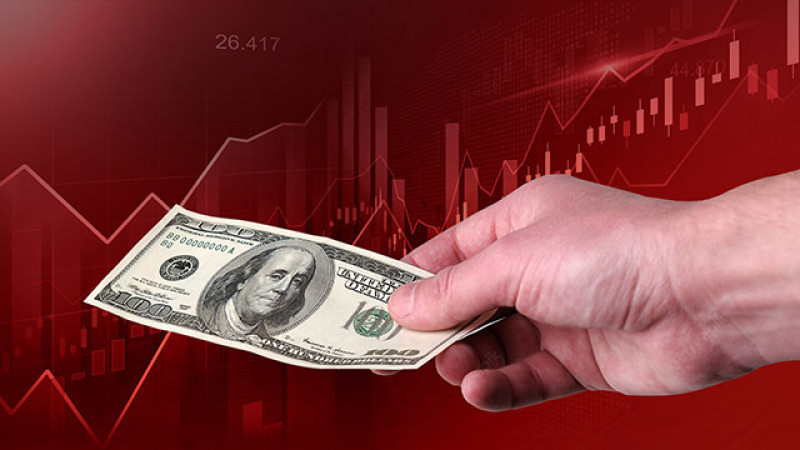Investors often ask whether $100 is enough to start in the world of trading. The idea of using a small amount to build financial growth appeals to many. For new traders, the good news is that starting with a modest amount is not only possible but also practical when managed carefully. It opens the door to learning key strategies while controlling risks.
This article breaks down how small investments like $100 can work in the trading landscape, focusing on accessible platforms and key factors to consider.
Key Points:
- $100 can be a viable starting point for traders.
- Risk management is essential to trading with a small capital.
- Platform fees and spreads affect overall returns.
- Patience and discipline are crucial for small capital growth.
- Consider leveraging educational tools to improve trading strategies.
Can You Start Trading with Just $100?

The short answer is yes. Trading with $100 is possible and, in many cases, encouraged for beginners. However, expectations must be managed. Most platforms allow trades with small amounts. For example, Binomo offers a user-friendly way to start trading with minimal capital. In fact, it allows trades as low as $1, and the platform itself provides a demo account with $10,000 for practice. This feature is essential for beginners who want to practice before risking actual money.
One of the main advantages of starting with $100 is that it forces traders to stay disciplined. Smaller amounts mean each move must be calculated, ensuring better risk management and strategy development. This early habit can carry over to larger investments later.
Trading Strategy with $100
The aim of your strategy should be to protect the capital while gradually growing it. This is done through careful selection of markets and instruments that align with a low-risk profile. For example, focusing on highly liquid markets like forex or commodities can help minimize risks.
Another method involves using a fixed-percentage risk model. For instance, risking only 1-2% of the total capital on each trade ensures losses are minimal. With $100, that would mean risking just $1 or $2 per trade. By focusing on small, consistent gains, traders can see gradual growth without exposing themselves to high risks.
Platform Fees and Spreads
One challenge when trading with a low amount is fees. Even platforms that allow small trades often come with fees or spreads that can eat into profits. Many brokers charge a spread on trades, meaning the price you buy at is slightly higher than the market price, while the price you sell at is slightly lower. On a larger investment, this may not seem like much, but for smaller amounts like $100, those small differences can be significant.
It’s essential to choose a platform with competitive fees, particularly for small traders. Some brokers offer no-commission trading, while others may have minimal fees for smaller trades. Research and comparison are key in selecting the right platform for low-capital trading.
Risk Management with Small Capital

A single bad trade can wipe out a significant portion of the account. For this reason, setting stop losses on every trade is crucial. Stop losses ensure that positions are automatically closed if they hit a certain level, limiting the loss.
Another important point is position sizing. With a $100 account, avoiding large positions is key. Many experienced traders recommend keeping positions small in relation to the overall account size. This helps prevent any single trade from having too much impact on the account balance.
Traders should also avoid using too much leverage. Although leverage allows traders to control larger positions with a smaller amount of capital, it can also amplify losses. Many new traders mistakenly see leverage as an easy way to boost returns, but without the right risk management strategies, it can quickly deplete a small account.
Patience and Discipline
For many new traders, the temptation is to make quick gains. However, the reality of trading with $100 is that significant profits will take time. Patience and discipline are essential for small accounts to grow over time. Successful trading is not about making one big win, but rather, making many small, consistent wins.
By staying disciplined and avoiding high-risk trades, traders can slowly build their accounts. This approach requires patience, as it may take longer to see substantial returns compared to starting with a larger capital. But for beginners, slow and steady wins the race.
Educational Tools and Resources

Many platforms offer educational tools like demo accounts, tutorials, and guides to help traders learn. Taking advantage of these resources allows beginners to practice strategies without risking real money.
Using a demo account before trading with real capital is highly recommended, especially for those starting with $100. This allows traders to test their strategies in real market conditions, gain confidence, and avoid unnecessary losses. Educational tools help reduce the learning curve and improve decision-making skills.
Conclusion
Yes, it is possible to start trading with just $100. However, it comes with unique challenges that require discipline, risk management, and patience. By using strategies like fixed-percentage risk models, setting stop losses, and selecting the right platform with minimal fees, traders can slowly grow their small capital. It’s essential to avoid the temptation of quick gains and focus on long-term growth.
Whether it’s through practicing on demo accounts or using educational tools offered by platforms, small investors can gradually build their experience and confidence. For beginners, $100 is enough to start learning the fundamentals of trading, but managing risks and expectations is crucial to achieving success.


